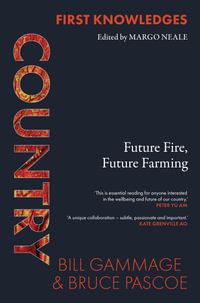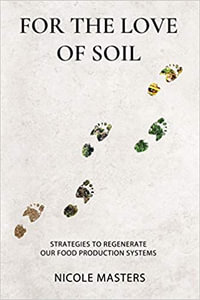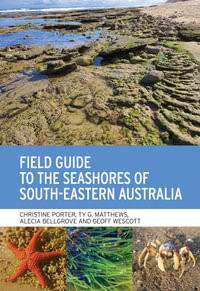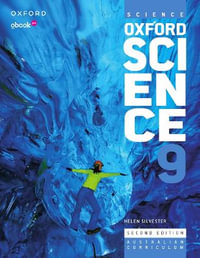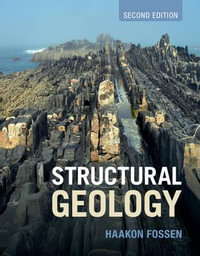|
This book is for geoscience students taking introductory or intermediate-level courses in igneous petrology, to help develop key skills (and confidence) in identifying igneous minerals, interpreting and allocating appropriate names to unknown rocks presented to them. The book thus serves, uniquely, both as a conventional course text and as a practical laboratory manual.
Following an introduction reviewing igneous nomenclature, each chapter addresses a specific compositional category of magmatic rocks, covering definition, mineralogy, eruption/ emplacement processes, textures and crystallization processes, geotectonic distribution, geochemistry, and aspects of magma genesis. One chapter is devoted to phase equilibrium experiments and magma evolution; another introduces pyroclastic volcanology. Each chapter concludes with exercises, with the answers being provided at the end of the book.
Appendices provide a summary of techniques and optical data for microscope mineral identification, an introduction to petrographic calculations, a glossary of petrological terms, and a list of symbols and units. The book is richly illustrated with line drawings and colour plates.
"Igneous petrology is difficult to master using only a single course resource. Thus, instructors often steer students toward supplementary readings on how to work with geochemical data or identify igneous minerals in thin section. Gill takes a big step toward resolving this challenge, integrating content in a way that instructors will value as a holistic presentation of concepts and tools." (Choice, 1 March 2011)
"This textbook will be an invaluable guide for undergraduates in the laboratory and will allow them to develop their interpretative skills in petrology in the most intuitive way. The breadth of topics, clear layout and level of detail will no doubt lead it to become an essential, always on- hand reference for students." (Geological Magazine, 2010)
What’s new in the Second Edition?
General updates throughout
All chapters will be fully updated throughout – new co-author Godfrey Fitton will take a lead on this process, lending the new edition a different perspective.
Photos and diagrams
Full colour photos and line drawings throughout.
Book Companion Site
New introductory material suitable for beginners but not needed by every reader will appear on a book companion site. Godfrey Fitton’s PowerPoints, used in his elementary teaching, will be used as a basis for this. Extracts from Robin Gill’s other Wiley book, Chemical Fundamentals of Geology, could also appear.
New Material in Chapter 1 – An Introduction to Magmas and Magmatic Rocks
New introductory material will also be added to Chapter 1. Mention of open-source software to aid modal analysis is perhaps worth a brief mention on p6.
New Material in Chapter 3 – Magma Differentiation
A simple 'what causes melt composition to change during crystallisation?' section will be added. New material on processes that control silica content, illustrating graphically the factors that drive magma evolution, e.g. removing a low-SiO2 high MgO mineral drives melt SiO2 upward and MgO downward.
New Material in Chapter 6 – Andesite, Dacite and Rhyolite
Strengthen Box 6.3 - 'bubbles can either increase or decrease (effective) viscosity'.
|


